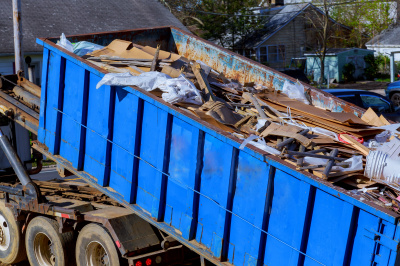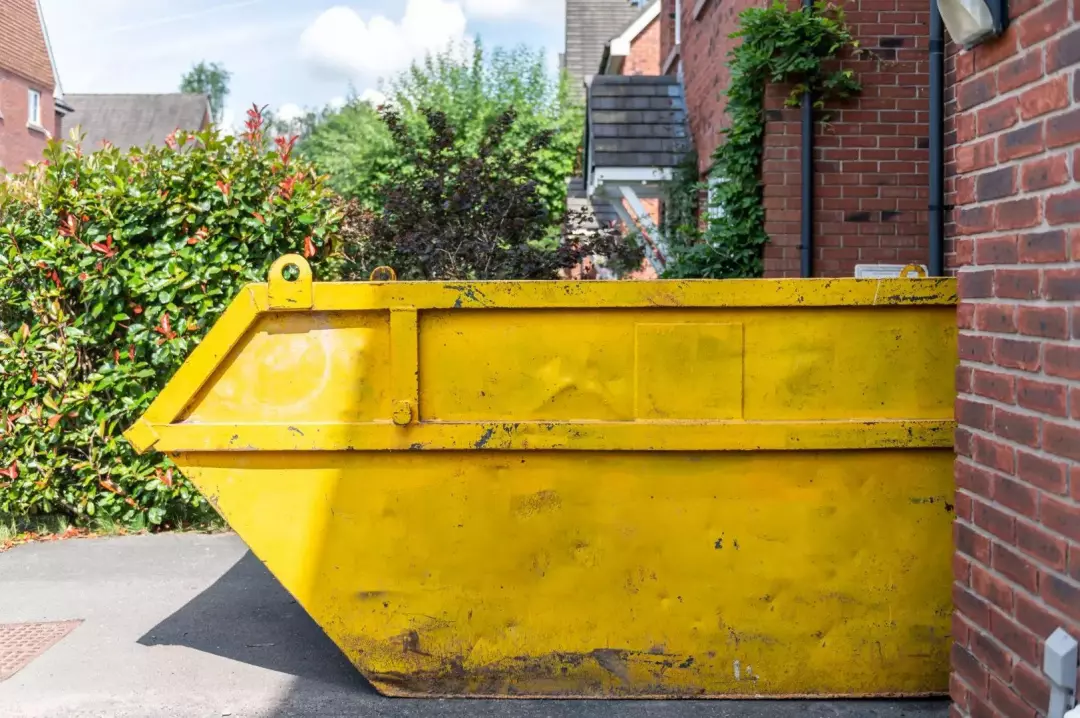What can you put in a skip?
When planning a renovation or clearing out your house, the most convenient way to get rid of your old items is to hire a skip. But, how do you know which size and type of skip to hire? Read on for our comprehensive step-by-step guide to understanding skip hire for beginners.
Before you hire a skip, it's important to know what types of materials you are allowed to put in it. The majority of skips are designed for general waste such as wood, metal, furniture, and household items like clothing and toys. However, hazardous materials such as chemicals, medical waste, and oil, as well as food waste, paints, and solvents cannot be put into a skip and must instead be disposed of separately with a professional hazardous waste collection service. Additionally, it's important to note that skip firms are not allowed to take away soil or rubble unless special permission has been obtained from the local council.
What size skip is best to hire?
Skip sizes range from 2-yard mini skips to much larger 16-yard skips and beyond. When deciding which skip size to hire, it can be useful to think about the approximate volume of waste that you expect to produce. 2-yard mini skips are a great option for small projects such as spring cleaning a single room, while a 10-yard skip is suitable for larger jobs like kitchen or bathroom refits. If you're unsure of what size skip to hire, many companies provide free advice and guidance on choosing the right skip for your needs.

Need assistance finding skip hire near you?
Get a QuoteWhat are the access requirements for a skip lorry?
Skip lorries require extra space to manoeuvre and drop off the skip, so it's important to make sure that your driveway or property is accessible. Generally, skips need to be placed on flat ground and a distance of at least three metres away from any buildings is required. Additionally, some roads and areas in residential streets may not allow skips due to size/weight restrictions set by the local council, so it’s important to check this before you book a skip.
How do I protect my driveway from damage by a skip?
When ordering a skip, you may want to consider using boards or plywood to prevent your driveway from becoming damaged during the delivery and collection process. This is especially important for driveways made from asphalt, tarmac, or other more fragile materials. Additionally, if you have an uneven surface, you can place a few paving slabs underneath to secure the skip so that it won't move around.
What are council safety restrictions on skips?
Even after ordering and receiving your skip, there are still a few safety considerations to make. You must never overload a skip and never let it block footpaths or the highway. Additionally, you should remember to attach safety lights around the outside of the skip when it is placed on a public highway at night. Before ordering your skip, confirm with the supplier if these lights are provided as part of the service. In some cases, the supplier may require you to hire police-approved safety lights from them.
Hiring a skip can be a convenient and cost-effective way to get rid of your waste, but it's important to take into account all the necessary safety considerations. We hope our skip hire guide for beginners has given you a better understanding of how to hire a skip and how to ensure that your skip is legally installed and safe to use.
In this article:
